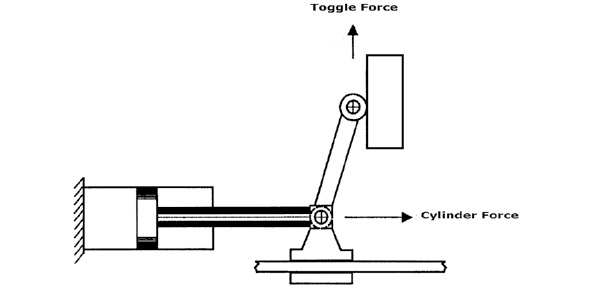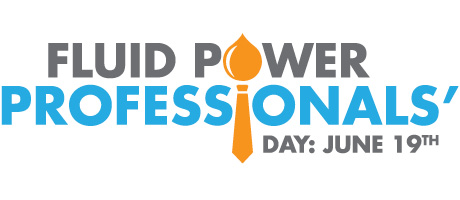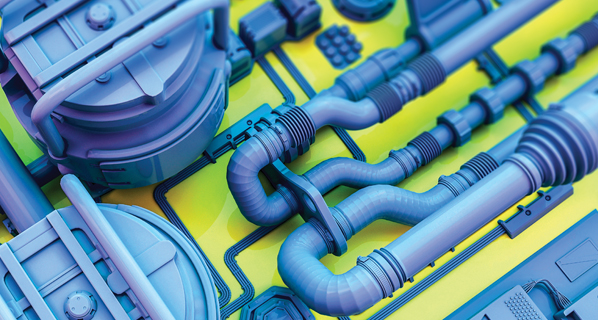4 Automation Advances Energize the Field of Pneumatics

Modular manufacturing offers a solution that lowers overall cost and lead time for new lines.
SMART-SENSOR NETWORKS OPTIMIZED ELECTRIC AND PNEUMATIC ARCHITECTURES CONFIGURABLE DEVICES, AND IIoT ARE THE TRENDS HAVING THE GREATEST IMPACT
By Frank Langro, Director – Product Market Management, Pneumatic Automation, North America at Festo
All images courtesy of Festo
Four technology trends have amplified the importance of pneumatics in automated systems. These developments have given this low-cost source of motive force new life and are evolving pneumatics for service in the 21st century. The four trends are:
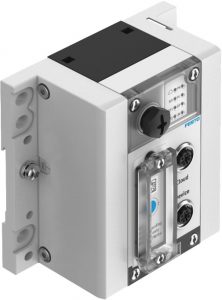 INTELLIGENCE OPENS THE DOOR TO GREATER PRODUCTIVITY
INTELLIGENCE OPENS THE DOOR TO GREATER PRODUCTIVITY
One of the issues concerning pneumatics today is the difficulty of collecting device data. However, now with the application of low-cost intelligent sensor networks such as IO-Link, it’s feasible to accumulate data from pneumatic devices. Assured data acquisition increases control and ensures better overall performance. Furthermore, a new class of valves – intelligent valve packs – feature integrated microsensors for pressure and flow. Data from microsensors provide new opportunities in adaptive control that were simply not practical before the digital revolution. The application of intelligent devices will continue to support and further pneumatic solutions.
Fundamental advantages ensure the staying power of pneumatics
Compressed air systems are low-cost compared to electrics, as well as simple to install, commission, and maintain. When compared to electric actuation, pneumatics provides a higher force density per form factor. Pneumatic actuation operates at high speed, and is the solution of choice for harsh environments where dust, dirt, moisture, washdown, or explosive particles or gases are present. All of these factors make pneumatics relevant for automated systems.
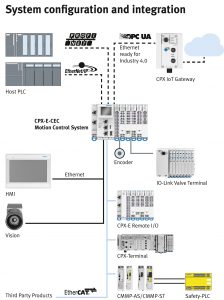 MODULAR MANUFACTURING AND DEVICE RECONFIGURATION REDUCE THE COST OF NEW MANUFACTURING LINES
MODULAR MANUFACTURING AND DEVICE RECONFIGURATION REDUCE THE COST OF NEW MANUFACTURING LINES
Shorter product lifecycles place cost pressure on manufacturers due to the enormous capital and resource expense of specifying, purchasing, and installing production lines for every new product. Modular manufacturing offers a solution that lowers overall cost and lead-time for new lines.
In modular manufacturing, each module in the system is dedicated to performing one or two simple production steps – for example, screw driving, part insertion, or adhesive application. By arranging relatively simple and low-cost modules into a unified line, the product is manufactured one step at a time. Smart conveyors enable modular manufacturing by routing workpieces to the appropriate module for a required step. When a line is decommissioned, modules and conveyors can be reconfigured and reused, which leverages the original investment and decreases implementation time. Modular manufacturing is one of the foundational concepts of Industry 4.0.
Intelligent pneumatic valve packs also contributed to efficiencies in modular manufacturing. Intelligent valve packs change functionality via downloadable software apps. For example, an intelligent valve pack can change its function via software from a 2-2 valve for a robotic vacuum gripper to a 3-2 valve for a mechanical gripper utilizing the same valve-pack hardware. Or that same valve pack could be reconfigured for flow control of cylinder speed or for minimization of energy consumption during the extend and retract stages of actuator movement. Every module with reconfigurable devices, such as intelligent valve packs, becomes more flexible.
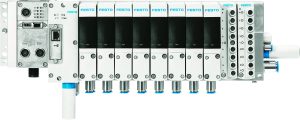
Intelligent valve packs change functionality via downloadable software apps.
UNIFIED ELECTRIC AND PNEUMATIC ARCHITECTURES OFFER OPTIMUM PERFORMANCE
Suppliers have invested in the development of controllers and other hardware and software that seamlessly integrate pneumatics and electrics within a high-performance motion architecture. These systems feature the latest developments in Remote I/O that not only help drive intelligence deeper into the machine, but also improve pneumatics performance by allowing valve terminals to be located nearer to actuators for faster response time.
Remote I/O also makes installation and troubleshooting easier and less time consuming. Mixed electric/pneumatic motion systems are not new. What is new is the application of the latest control, communications, and motion technologies within the overall control architecture.
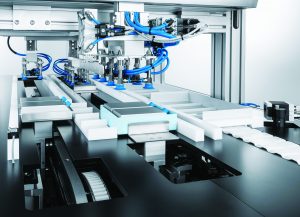
Smart conveyors enable modular manufacturing by routing workpieces to the appropriate module for a required step.
IIoT GATEWAYS ARE ESSENTIAL FOR GAINING THE ADVANTAGES OF INTELLIGENT SYSTEMS
Intelligent sensor networks; high performance, unified electric/pneumatic control architectures; and modular manufacturing are the building blocks of IIoT. State-of-the-art IIoT gateways bring these three pieces of technology together and provide a secure interface to cloud computing. Once an IIoT gateway is added to a system and dashboards are created, authorized personnel can access operation data for use in predictive maintenance, faster issue resolution, process optimization, and energy minimization.
With cloud computing, the organization becomes more fully integrated, responsive, and efficient. Data from deep within the process, supplied by intelligent sensors, can lower the incidence of unexpected machine stoppages. As artificial intelligence costs come down, adaptations to the environment as presented by cloud analysis will become even faster. A cornerstone of these IIoT-based systems will be machines that blend the advantages of both electric and pneumatic motion within an intelligent unified architecture.
ABOUT THE AUTHOR
Frank Langro has represented Festo in multiple areas to support the advancement of fluid power. He participated in the development of national and global standards as a member of the National Fluid Power Association. He also served as an Industrial Advisory Board member for the Center for Compact and Efficient Fluid Power (CCEFP), a partnership between industry and several leading universities to steer the direction of fluid power research. Langro also holds four fluid power patents, and has a B.S. degree in mechanical engineering from Hofstra University.


